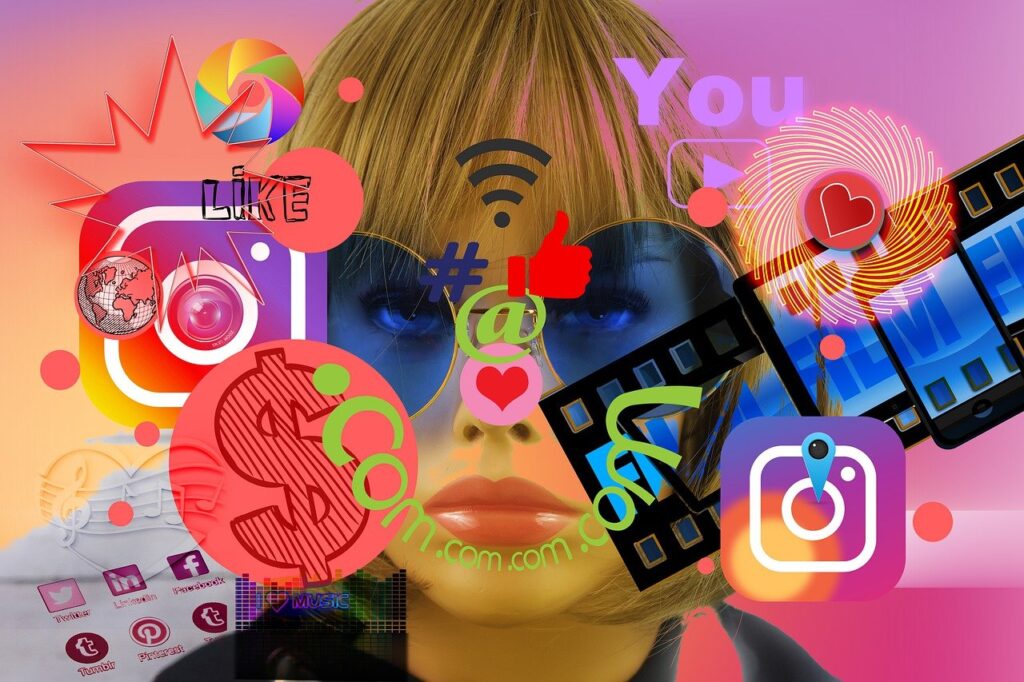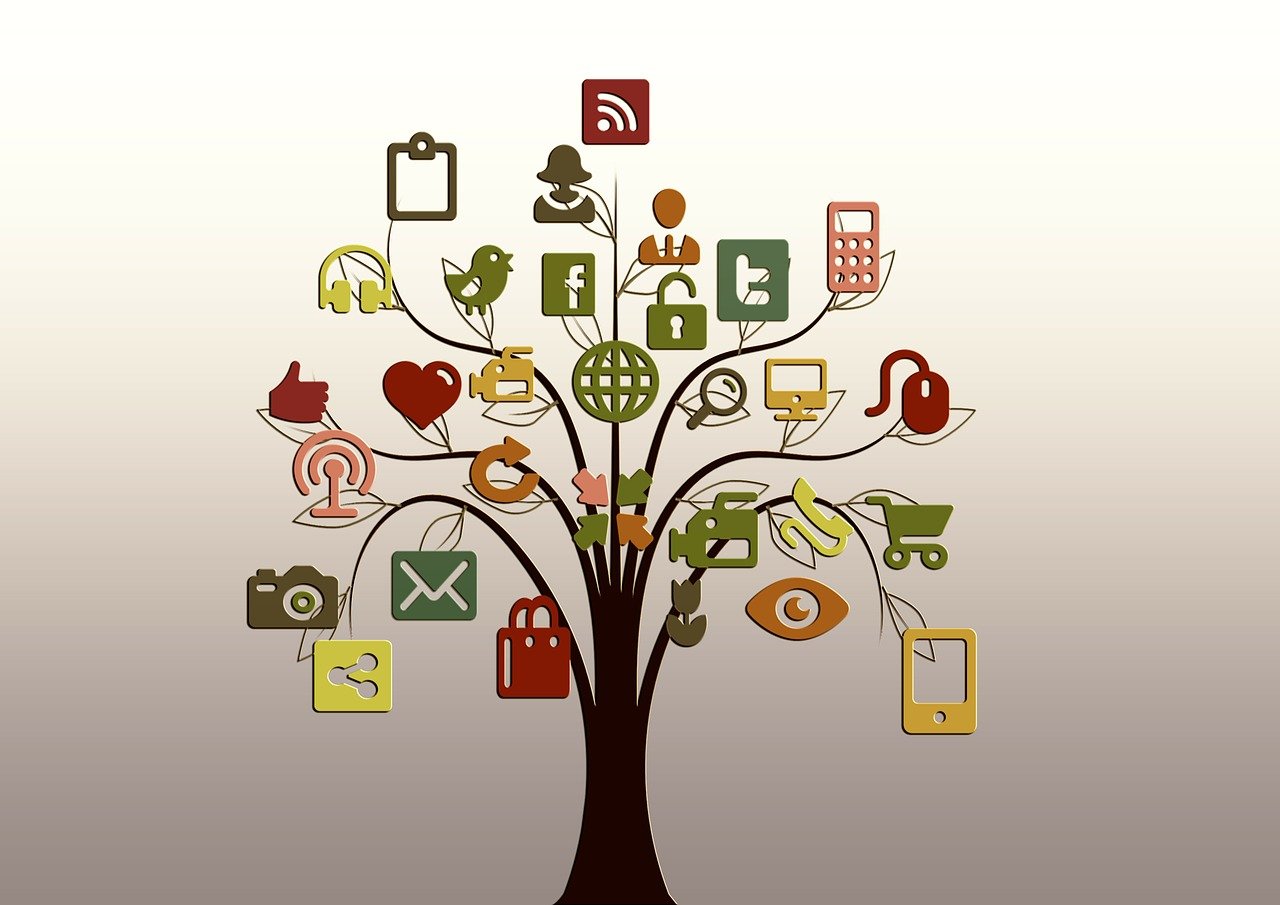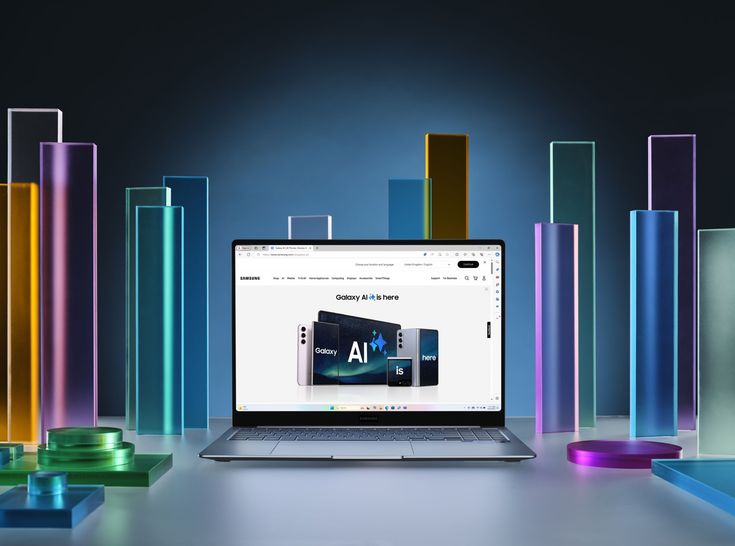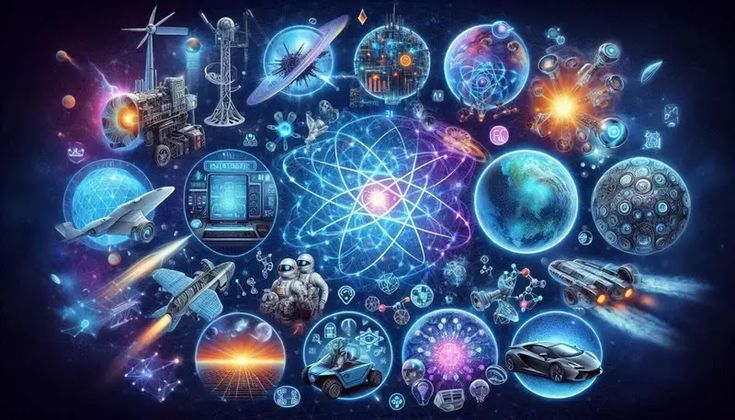Discover how social media has transformed in the past 10 years. From algorithms to AI and short-form content, here’s how platforms like Instagram, TikTok, and Facebook have evolved.
Introduction
Over the last decade, social media has undergone one of the most profound transformations in digital history. What once began as platforms for sharing personal updates has evolved into a multi-trillion-dollar industry influencing everything from politics and culture to marketing and commerce.
In this in-depth blog post, we’ll explore the key ways social media has changed in the past ten years, the technologies driving those changes, and what it means for users, brands, and content creators in 2025 and beyond.
1. Platform Evolution and Diversification

Then (2015):
Social media was dominated by Facebook, Instagram, Twitter, and YouTube. The platforms were largely text or photo-based and used primarily for connection and expression.
Now (2025):
Today’s ecosystem includes TikTok, Snapchat, LinkedIn, Threads, and even decentralized platforms like Mastodon. Video — especially short-form — is now the dominant format.
Key Insight: Platforms now cater to niche communities and content types, allowing users to find more personalized and relevant content.
SEO Keywords: “evolution of social media platforms,” “social media changes 2025”
2. Rise of Short-Form Video Content
The rise of TikTok in 2018 revolutionized social media. Short-form videos (15–60 seconds) are now the most consumed type of content across platforms.
Why it matters:
- Higher engagement rates
- Better storytelling in less time
- Brands have adopted this format for ads, tutorials, and product launches
SEO Keywords: “short-form video marketing,” “TikTok vs Reels,” “video content trends”
3. The Algorithm Takeover
In 2015, social media feeds were mostly chronological. Fast forward to 2025, algorithms powered by AI and machine learning now dominate what users see.
Effects of algorithms:
- More personalized feeds
- Higher content visibility for relevant creators
- Decline of organic reach for business pages without paid promotion
SEO Keywords: “social media algorithms 2025,” “AI in social media,” “algorithmic content curation”
4. Monetization for Creators
Over the past decade, platforms have turned creators into full-time professionals. Monetization features now include:
- YouTube ad revenue
- TikTok Creator Fund
- Instagram Subscriptions
- Patreon and OnlyFans integration
Why it’s significant: Creators no longer rely solely on brand sponsorships. Platforms now offer direct revenue opportunities.
SEO Keywords: “how to monetize social media,” “creator economy 2025”
5. E-commerce and Social Shopping
Social commerce has exploded. Instagram, TikTok, Facebook, and Pinterest now support in-app purchases and live shopping events.
The Results:
- Seamless shopping experiences
- Influencer-led product recommendations
- Brands creating native storefronts within social platforms
SEO Keywords: “social media e-commerce,” “social shopping 2025,” “live shopping on Instagram”
6. Rise of AI and AR in Social Media
From filters to content recommendations, Artificial Intelligence and Augmented Reality have changed how users interact with platforms.
- AR filters enhance creativity and engagement
- AI recommends content, manages moderation, and detects fake news
- Chatbots and AI influencers are becoming common
SEO Keywords: “AI in Instagram filters,” “Augmented Reality in social media,” “AI influencers 2025”
7. Privacy and Data Transparency
Social media users are more privacy-conscious than ever. The last decade saw numerous scandals, including Cambridge Analytica and data misuse.
Key Changes:
- GDPR and similar laws pushed platforms to adopt stricter data policies
- Users now have greater control over their data
- Private communities and closed groups are gaining popularity
SEO Keywords: “social media data privacy 2025,” “GDPR effects on social media,” “data protection on Facebook”
8. Shifts in User Demographics
The younger generation is now the primary user base of platforms like TikTok and Instagram. Meanwhile, Facebook is seeing an aging audience.
- Gen Z prefers ephemeral content and authentic creators
- Millennials focus on career and lifestyle content
- Baby boomers are more active in Facebook groups and marketplaces
SEO Keywords: “Gen Z on social media,” “demographics of TikTok 2025,” “who uses Facebook in 2025”
Final Thoughts
Social media in 2025 looks vastly different from what it did in 2015. It’s faster, more dynamic, and more embedded in everyday life. For users and brands alike, understanding these changes is essential for staying relevant in a crowded digital landscape.
Whether you’re a marketer, content creator, or casual user, staying ahead of these trends will help you make the most of what social media has to offer.
Call to Action
Want to stay updated with the latest in social media and digital marketing?
Subscribe to our newsletter for weekly insights, tools, and trend forecasts.
Related Articles:
- Top Social Media Trends to Watch in 2025
- How Brands Are Using TikTok to Drive Sales
- AI in Content Creation: What You Need to Know




